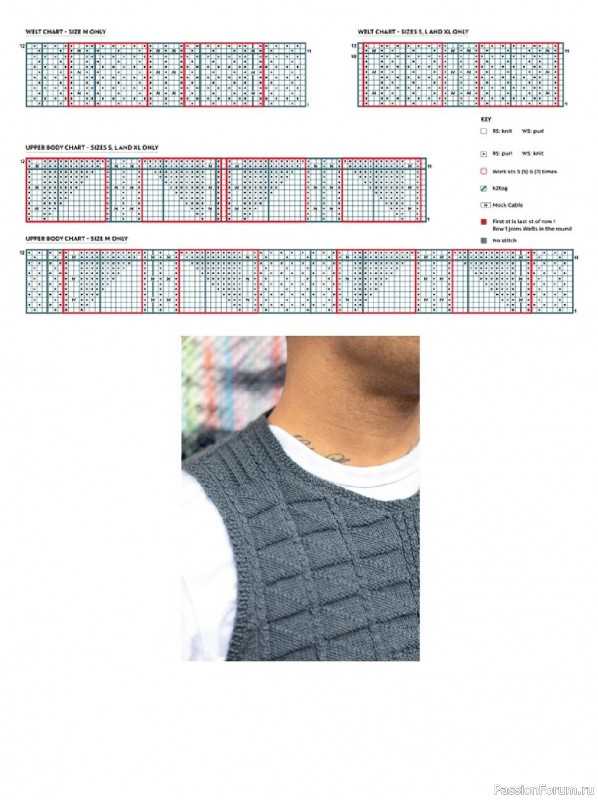
The Filey Gansey is a traditional knitting pattern that originates from the fishing village of Filey, in North Yorkshire, England. This pattern is known for its intricate designs and exquisite craftsmanship, which have been passed down through generations of knitters.
The Filey Gansey is a type of sweater that was traditionally worn by fishermen to protect them from the harsh North Sea winds. It features a tight, close-fitting style with a high ribbed collar and intricate stitch patterns. The sweater is knit using double-pointed needles and a traditional gansey yarn, which is a tightly spun 5-ply worsted weight wool.
The Filey Gansey knitting pattern consists of a variety of stitches, including cables, diamonds, and ladder patterns. These complex designs were not only aesthetically pleasing, but also provided additional warmth and durability to the garment. Each stitch pattern was carefully chosen and had a specific meaning, often representing symbols of hope, luck, or protection from danger.
Filey Gansey Knitting Pattern

The Filey Gansey is a traditional knitting pattern that originates from the town of Filey in Yorkshire, England. It is known for its intricate stitch patterns and durable construction, making it a popular choice for fishermen in the area.
The pattern typically features a combination of cables, lace, and textured stitches, creating a beautiful and detailed design. It is often knit in a fine gauge yarn using double-pointed needles or circular needles to accommodate the large number of stitches required.
- Materials: To knit the Filey Gansey, you will need a set of double-pointed needles or circular needles in the appropriate size for the yarn you choose, stitch markers, a cable needle, and a tapestry needle for seaming.
- Yarn: It is recommended to use a fingering or sport weight yarn for the best results. Traditional ganseys were typically knit in sturdy wool yarns that were warm and water-resistant.
- Construction: The Filey Gansey is typically knit in the round from the bottom up. The body is worked first, starting with a ribbed hem and transitioning into the main stitch pattern. The sleeves are usually knit separately and then joined to the body at the underarms before continuing in the round.
- Stitch Patterns: The Filey Gansey incorporates a variety of stitch patterns, including cables, lace, and textured stitches. These patterns are often based on traditional motifs and can vary from gansey to gansey.
- Finishing: Once the body and sleeves are complete, the gansey is usually seamed together at the shoulders and sides. A ribbed neckline is then added for a polished finish.
The Filey Gansey knitting pattern is a testament to the rich history and craftmanship of the fishing community in Filey. Knitting a gansey in this traditional pattern allows you to connect with the past and create a timeless garment that is both beautiful and functional.
What is a Filey Gansey?

A Filey Gansey is a traditional hand-knitted sweater that originated in Filey, a small coastal town in North Yorkshire, England. Ganseys, also known as guernseys or jerseys, were originally worn by fishermen in the 19th century. They were designed to be durable and warm, providing protection against the harsh weather conditions at sea.
The Filey Gansey is characterized by its intricate stitch patterns and unique construction. The sweaters are typically knitted in the round, without any seams, using fine wool or cotton yarn. The stitch patterns often feature cables, ladders, and geometric designs, creating a textured and visually appealing garment.
The Filey Gansey is known for its practicality and functionality. The tightly knit fabric provides insulation and wind resistance, while the high collar and long sleeves offer additional warmth and protection. The ganseys were often decorated with initials or symbols to personalize them, and the patterns were passed down through generations, reflecting the rich knitting heritage of the local community.
Today, the Filey Gansey continues to be a symbol of traditional craftsmanship and cultural heritage. The patterns and techniques have been preserved and revived by local knitters and enthusiasts, ensuring that this unique style of sweater will continue to be appreciated and cherished for years to come.
History of the Filey Gansey
The Filey Gansey is a traditional knitwear garment that originated in the coastal town of Filey in North Yorkshire, England. It has a rich history dating back to the late 19th century, when it was first worn by local fishermen and sailors. The gansey, also known as a guernsey or a jersey, was an essential part of their work attire, providing warmth, protection, and durability during long hours at sea.
The design of the Filey Gansey is characterized by its unique patterns and intricate stitchwork. Each gansey was individually hand-knitted by skilled local women, who passed down their knitting techniques and patterns from generation to generation. The patterns typically included cables, diamonds, and other geometric motifs, with each pattern having its own symbolic meaning and significance.
Filey Ganseys were knitted using locally sourced wool, which ensured their durability and ability to withstand the harsh sea conditions. The wool was often left undyed, resulting in the natural color variations that are distinctive to Filey Ganseys. The ganseys were also known for their tight fit, which provided insulation and prevented water from seeping in.
Over time, the Filey Gansey became more than just a practical work garment. It became a symbol of local identity and pride, reflecting the strong maritime heritage of the town. Today, the tradition of knitting Filey Ganseys is kept alive by a dedicated community of knitters, who continue to create these beautiful garments using traditional techniques and patterns.
Materials and Tools

When knitting a Filey gansey, it is important to have the right materials and tools on hand. Here is a list of what you will need:
- Yarn: The traditional yarn used for Filey ganseys is a 5-ply worsted weight yarn. The yarn should be sturdy and durable, as ganseys were originally worn by fishermen who needed their garments to be able to withstand the harsh conditions at sea.
- Needles: You will need a set of double-pointed needles in the appropriate size to achieve the gauge required for the pattern. Circular needles can also be used if you prefer.
- Stitch markers: These small rings or clips are used to mark specific points in your knitting. They can be helpful for keeping track of pattern repeats or shaping.
- Tapestry needles: These needles have a large eye and a blunt tip, making them perfect for weaving in ends and seaming your gansey.
In addition to these basic materials, you may also want to consider having a few other tools on hand to make the knitting process easier:
- Cable needle: If your pattern includes cable stitches, a cable needle can be helpful for holding stitches aside while you work other stitches.
- Stitch holders: These are long, u-shaped pins or loops that can hold live stitches securely. They are especially useful if you need to set aside stitches for the neckline or armholes.
- Row counter: A row counter can be attached to your knitting needles to help you keep track of your progress and ensure that you are following the pattern correctly.
Having the right materials and tools can make all the difference when knitting a Filey gansey. Take some time to gather everything you need before you start, and you’ll be well-prepared to create a beautiful and authentic gansey.
Getting Started
Before you begin knitting the Filey gansey pattern, there are a few things you should gather and be familiar with. This pattern is a traditional style of knitting that originated in the seaside town of Filey in Yorkshire, England. It features intricate cable and texture patterns, and is worked in the round.
To start, you will need the following supplies:
- A set of double-pointed knitting needles in the appropriate size for your yarn
- Yarn in the recommended weight for the pattern
- A cable needle
- Stitch markers
- A tapestry needle for weaving in ends
The Filey gansey pattern is typically knit using a traditional fisherman’s wool, known for its durability and warmth. It is important to choose a yarn that will provide good stitch definition for the intricate cable patterns. Before you begin, take the time to swatch and ensure that you are obtaining the correct gauge.
Once you have gathered your supplies and chosen your yarn, it’s time to cast on. The Filey gansey is typically knit from the bottom up, starting with a ribbed hem. Follow the cast on instructions provided in the pattern, ensuring that you have the correct number of stitches for the size you are knitting.
As you work through the pattern, you may encounter unfamiliar techniques such as cable knitting and purling through the back loop. Don’t worry – these skills can be easily learned with practice. It’s always a good idea to have a good knitting reference book or online resource on hand for any technique questions that may arise.
Now that you’re familiar with the supplies you’ll need and how to cast on, you’re ready to start knitting the Filey gansey pattern. Take your time, enjoy the process, and soon you’ll have a beautiful, heirloom-quality garment to wear and cherish.
Creating the Body
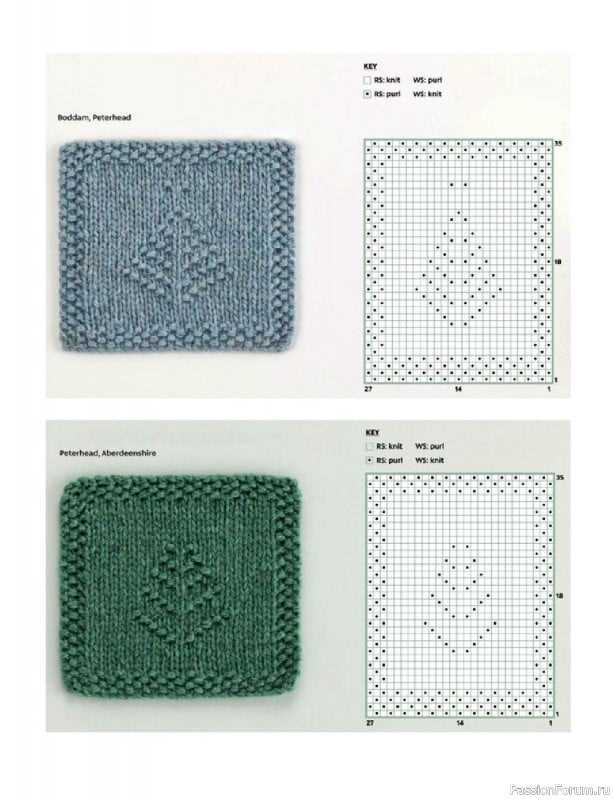
The body of the Filey gansey is the main part of the sweater that covers the torso. It is knitted in the round from the bottom up, starting with a ribbed hem. The ribbing provides a nice stretch and helps keep the sweater in place. To create the ribbing, you will need to cast on a multiple of stitches that is divisible by the ribbing pattern (usually 2 or 4). It is important to measure your gauge and make any necessary adjustments to ensure the ribbing fits snugly but comfortably.
Once the ribbing is complete, you will transition to the body pattern. The Filey gansey typically features vertical panels of different stitch patterns, separated by purl columns. The stitch patterns can vary, but they often include traditional motifs such as diamonds, cables, and twists. To create the panels, you will follow a chart or written instructions that indicate the stitch pattern for each row. It is important to keep track of your progress and count your stitches regularly to ensure accuracy.
The body of the Filey gansey is usually quite long, falling below the hips. This provides extra warmth and coverage, making it a great option for cooler weather. As you knit the body, you may need to increase or decrease stitches to shape the garment to fit your body. These shaping techniques are typically done on either side of the purl columns, so they blend seamlessly into the overall design. As you near the underarm area, you may also need to create openings for the sleeves. This is typically done by binding off a set number of stitches on each side and then continuing to knit the front and back separately.
Adding Sleeves

Once you have finished knitting the body of the Filey gansey, it’s time to add sleeves to complete the garment. The sleeves are knitted separately and then attached to the body.
To begin, cast on the required number of stitches for the sleeves using the same needles and yarn as for the body. Make sure to measure the length of your arm and follow the pattern instructions to achieve the desired length for the sleeves.
Step 1: Knit the required number of rows in the chosen stitch pattern for the sleeves. This may include ribbing, cables, or any other pattern specified in the Filey gansey knitting pattern.
Step 2: Once you have reached the desired length for the sleeves, it’s time to shape the sleeve cap. Follow the pattern instructions to decrease stitches gradually, creating a gentle slope for the top of the sleeve. This shaping ensures a comfortable and well-fitted sleeve.
Step 3: After shaping the sleeve cap, carefully sew the sleeve seam using a mattress stitch or any other recommended seaming technique. This will create a smooth and seamless finish for the sleeve.
Step 4: Finally, attach the sleeves to the body of the gansey. Pin the sleeves in place, aligning the center of the sleeve cap with the shoulder seam of the gansey. Use a yarn needle and the same yarn to sew the sleeves to the body, making sure to match the stitch pattern and maintaining the proper tension.
- Tip: It’s always a good idea to try on the gansey before attaching the sleeves to ensure a proper fit. Adjust the position of the sleeves if needed before sewing them in place.
- Note: The number of stitches to be picked up along the armhole edge may vary depending on the pattern. Follow the pattern instructions to determine the correct number of stitches to pick up.
Finishing Touches

After you have finished knitting your Filey gansey, there are a few finishing touches you can add to complete the garment and give it a polished look. Here are some suggestions:
1. Blocking
Blocking is an essential step in finishing any knitted project. It involves wetting the garment, gently stretching it to the correct measurements, and then allowing it to dry flat. Blocking helps to even out the stitches, open up lace patterns, and give the garment its final shape. For the Filey gansey, blocking will help to showcase the intricate cable and stitch patterns.
2. Seam and weave in ends
Once the gansey is blocked and fully dry, you can start seaming the pieces together. Use the mattress stitch to invisibly sew the side seams and sleeves to the body. Take your time to ensure that the seams are neat and even. After seaming, weave in any loose ends using a tapestry needle. This will give your gansey a clean and professional finish.
3. Add ribbed cuffs and collar
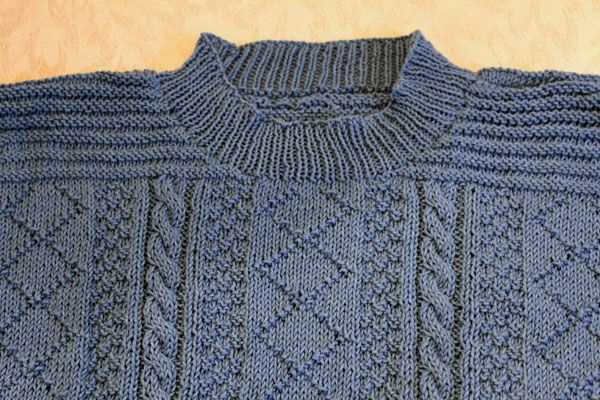
To add an extra touch of style to your Filey gansey, you can knit ribbed cuffs and a ribbed collar. Using a smaller needle size, pick up stitches along the edge of the sleeves and bottom hem of the body. Knit in a rib stitch pattern, such as K2, P2, for a few inches to create the cuffs and collar. This will add a structured and polished look to your gansey.
4. Embellishments (optional)
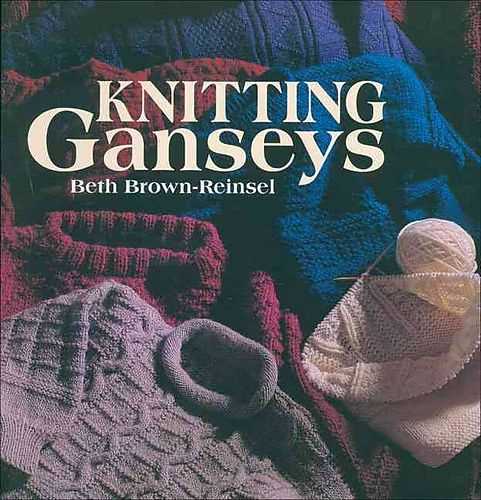
If you want to personalize your Filey gansey even further, you can add some embellishments. Consider embroidering a small motif or monogram onto the chest or sleeves. You could also add decorative buttons or a leather patch with your initials. These extra touches can make your gansey truly unique and showcase your creativity.
By following these finishing touches, your Filey gansey will be transformed into a beautiful and well-crafted garment that you can be proud of. Take your time and enjoy the process of adding these final details, knowing that they will make your gansey truly special.
Tips and Techniques for Filey Gansey Knitting Pattern
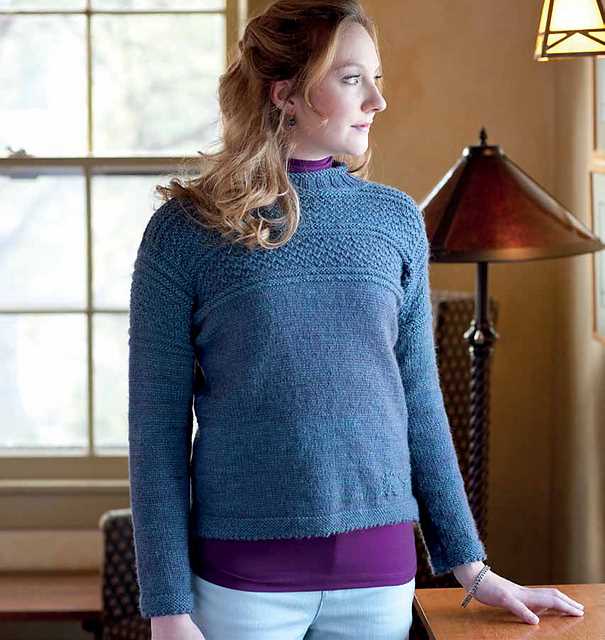
If you are planning to knit the Filey Gansey pattern, here are some useful tips and techniques to help you along the way:
1. Choosing the Right Yarn

It is important to select the right yarn for your Filey Gansey project. Look for a sturdy, 100% wool yarn that will provide good stitch definition and hold its shape well. Traditional ganseys were often knit with a heavy worsted or aran weight yarn. Consider using a yarn that has been traditionally used for ganseys, such as Shetland or Guernsey wool.
2. Swatching for Gauge
Before starting your gansey, it is essential to swatch and determine your gauge. The pattern may provide a suggested gauge, but it is important to check your own gauge to ensure your finished garment will fit correctly. Knit a swatch using the recommended needle size and yarn and measure your stitches and rows per inch. Adjust your needle size if necessary to achieve the correct gauge.
3. Knitting in the Round
The Filey Gansey pattern is typically knit in the round to create a seamless garment. To knit in the round, you will need to use either double-pointed needles or a circular needle, depending on your preference. Make sure to join your stitches in a round before starting the pattern, and use stitch markers to help keep track of your rounds if necessary.
4. Reading the Chart
The Filey Gansey pattern may include a chart to help you visualize the stitch patterns and their placement in the garment. Take the time to familiarize yourself with the chart and understand how the different symbols represent different stitches. Pay attention to any key or symbols explained in the pattern instructions. Markers may also be helpful to indicate where specific stitch patterns begin and end within the overall pattern.
5. Techniques for Gansey Patterns
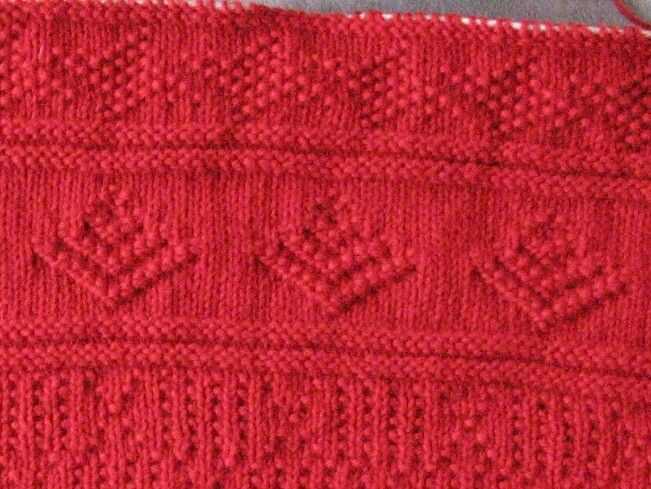
Gansey patterns often feature unique construction techniques, such as knit/purl combinations, cables, and intricate stitch motifs. Take your time with each stitch and follow the instructions carefully to ensure your pattern emerges correctly. Be mindful of any special techniques, such as picking up stitches or creating gussets, that may be required for specific parts of the gansey.
With these tips and techniques in mind, you’ll be well-equipped to tackle the Filey Gansey knitting pattern and create a beautiful, traditional garment. Happy knitting!
FAQs
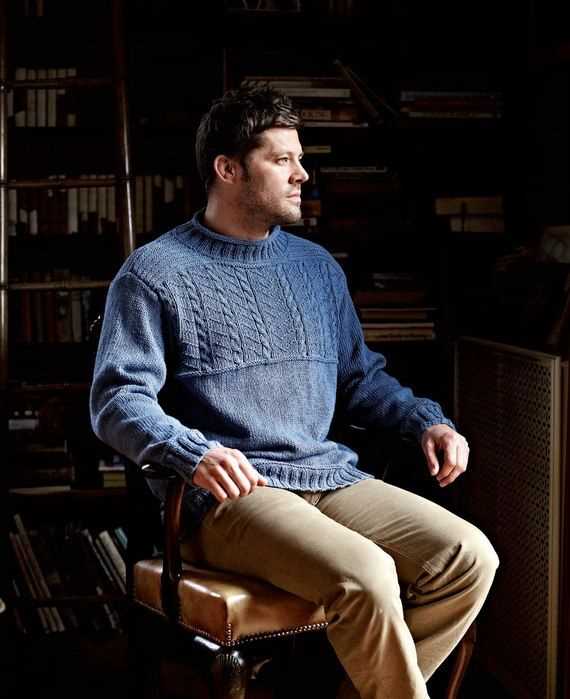
1. What is a Filey gansey knitting pattern?
A Filey gansey knitting pattern is a traditional knitting pattern that originates from the fishing village of Filey in North Yorkshire, England. It is known for its intricate and highly textured patterns, which are typically knit using fine gauge needles and sturdy wool yarn. The patterns often feature a combination of cables, twisted stitches, and lace motifs, creating a dense and warm fabric.
2. How do I choose the right size for my Filey gansey?
Choosing the right size for your Filey gansey is important to ensure a comfortable fit. The best way to determine the correct size is to measure your body and compare it to the pattern’s sizing chart. Take accurate measurements of your chest, waist, and hips, and choose the size that corresponds to your measurements. Keep in mind that a gansey is meant to be worn with a few inches of negative ease, so it should fit snugly.
3. Can I resize the Filey gansey pattern?
Yes, it is possible to resize the Filey gansey pattern to fit your measurements. However, it requires some advanced knitting skills and knowledge of garment construction. You will need to adjust the stitch and row counts to maintain the integrity of the pattern’s design. It is recommended to seek guidance from experienced knitters or consult with a knitting pattern designer for assistance in resizing.
4. What type of yarn should I use for a Filey gansey?
A Filey gansey is traditionally knit using a sturdy wool yarn that provides warmth and durability. Look for yarns that have good stitch definition and can hold their shape well. Worsted weight or aran weight yarns are commonly used for ganseys. You can choose from a range of natural or dyed colors to suit your preference. It is important to swatch with your chosen yarn and needles to ensure proper gauge and fabric drape.
5. Can I make modifications to the Filey gansey pattern?
Yes, you can make modifications to the Filey gansey pattern to personalize it or make it more suitable for your preferences. However, it is important to keep in mind that modifying a traditional gansey pattern may require careful consideration and testing to ensure the changes work well with the design and construction. It is recommended to consult with experienced knitters or pattern designers for advice and guidance on making modifications.
Where to Buy Filey Gansey Knitting Patterns

Now that you’ve learned all about the history and techniques of Filey gansey knitting, you’re probably eager to get started on your own gansey project. Luckily, there are several places where you can purchase Filey gansey knitting patterns.
One of the best places to find Filey gansey knitting patterns is online. There are many websites that specialize in selling knitting patterns, and they often have a wide selection to choose from. Websites such as Ravelry, LoveCrafts, and Etsy are popular choices for knitters looking for unique and high-quality patterns. Simply search for “Filey gansey knitting patterns” on these sites, and you’ll be presented with a variety of options.
Another great option for purchasing Filey gansey knitting patterns is to visit your local yarn shop. Many yarn shops carry a selection of knitting patterns, including ganseys, and the staff can often provide guidance and recommendations based on your skill level and preferences. Additionally, supporting local businesses is a great way to contribute to your knitting community and ensure that these traditional knitting patterns continue to be available.
Finally, if you have a specific gansey design in mind or are looking for a custom pattern, you may consider hiring a knitting designer to create a Filey gansey pattern just for you. There are many talented and experienced knitting designers who can bring your vision to life and create a pattern that is tailored to your needs. Websites such as Fiverr and Upwork are great platforms for connecting with freelance designers who specialize in knitting.
Whether you choose to purchase a pre-made pattern online, visit your local yarn shop, or collaborate with a knitting designer, there are plenty of options available for obtaining a Filey gansey knitting pattern. Remember to take your time and choose a pattern that suits your skill level and personal style, and most importantly, enjoy the process of knitting your very own Filey gansey.